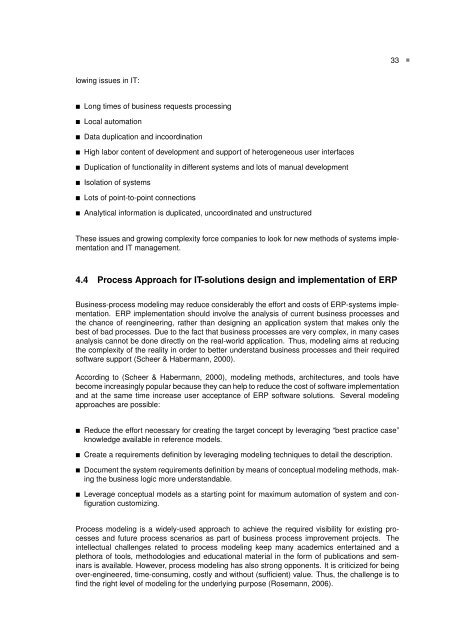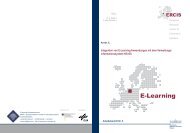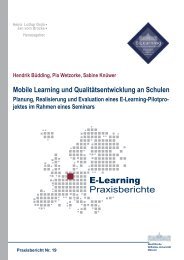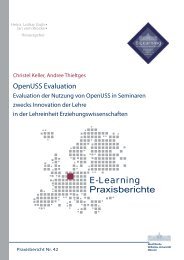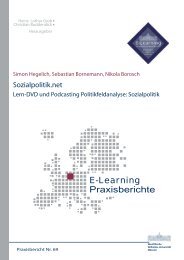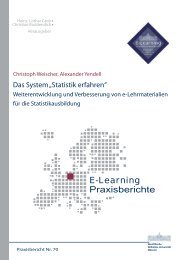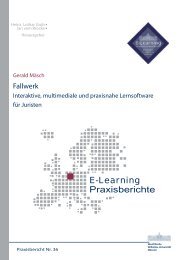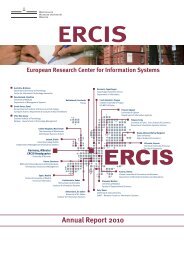Promoting Business Process Management Excellence in Russia
Promoting Business Process Management Excellence in Russia
Promoting Business Process Management Excellence in Russia
Create successful ePaper yourself
Turn your PDF publications into a flip-book with our unique Google optimized e-Paper software.
33<br />
<br />
low<strong>in</strong>g issues <strong>in</strong> IT:<br />
Long times of bus<strong>in</strong>ess requests process<strong>in</strong>g<br />
Local automation<br />
Data duplication and <strong>in</strong>coord<strong>in</strong>ation<br />
High labor content of development and support of heterogeneous user <strong>in</strong>terfaces<br />
Duplication of functionality <strong>in</strong> different systems and lots of manual development<br />
Isolation of systems<br />
Lots of po<strong>in</strong>t-to-po<strong>in</strong>t connections<br />
Analytical <strong>in</strong>formation is duplicated, uncoord<strong>in</strong>ated and unstructured<br />
These issues and grow<strong>in</strong>g complexity force companies to look for new methods of systems implementation<br />
and IT management.<br />
4.4 <strong>Process</strong> Approach for IT-solutions design and implementation of ERP<br />
<strong>Bus<strong>in</strong>ess</strong>-process model<strong>in</strong>g may reduce considerably the effort and costs of ERP-systems implementation.<br />
ERP implementation should <strong>in</strong>volve the analysis of current bus<strong>in</strong>ess processes and<br />
the chance of reeng<strong>in</strong>eer<strong>in</strong>g, rather than design<strong>in</strong>g an application system that makes only the<br />
best of bad processes. Due to the fact that bus<strong>in</strong>ess processes are very complex, <strong>in</strong> many cases<br />
analysis cannot be done directly on the real-world application. Thus, model<strong>in</strong>g aims at reduc<strong>in</strong>g<br />
the complexity of the reality <strong>in</strong> order to better understand bus<strong>in</strong>ess processes and their required<br />
software support (Scheer & Habermann, 2000).<br />
Accord<strong>in</strong>g to (Scheer & Habermann, 2000), model<strong>in</strong>g methods, architectures, and tools have<br />
become <strong>in</strong>creas<strong>in</strong>gly popular because they can help to reduce the cost of software implementation<br />
and at the same time <strong>in</strong>crease user acceptance of ERP software solutions. Several model<strong>in</strong>g<br />
approaches are possible:<br />
Reduce the effort necessary for creat<strong>in</strong>g the target concept by leverag<strong>in</strong>g “best practice case”<br />
knowledge available <strong>in</strong> reference models.<br />
Create a requirements def<strong>in</strong>ition by leverag<strong>in</strong>g model<strong>in</strong>g techniques to detail the description.<br />
Document the system requirements def<strong>in</strong>ition by means of conceptual model<strong>in</strong>g methods, mak<strong>in</strong>g<br />
the bus<strong>in</strong>ess logic more understandable.<br />
Leverage conceptual models as a start<strong>in</strong>g po<strong>in</strong>t for maximum automation of system and configuration<br />
customiz<strong>in</strong>g.<br />
<strong>Process</strong> model<strong>in</strong>g is a widely-used approach to achieve the required visibility for exist<strong>in</strong>g processes<br />
and future process scenarios as part of bus<strong>in</strong>ess process improvement projects. The<br />
<strong>in</strong>tellectual challenges related to process model<strong>in</strong>g keep many academics enterta<strong>in</strong>ed and a<br />
plethora of tools, methodologies and educational material <strong>in</strong> the form of publications and sem<strong>in</strong>ars<br />
is available. However, process model<strong>in</strong>g has also strong opponents. It is criticized for be<strong>in</strong>g<br />
over-eng<strong>in</strong>eered, time-consum<strong>in</strong>g, costly and without (sufficient) value. Thus, the challenge is to<br />
f<strong>in</strong>d the right level of model<strong>in</strong>g for the underly<strong>in</strong>g purpose (Rosemann, 2006).


